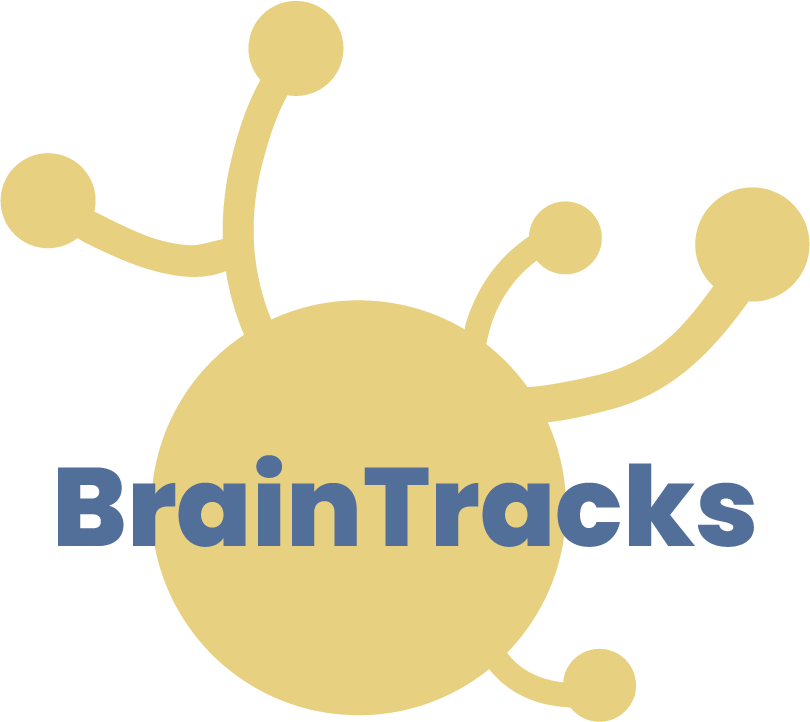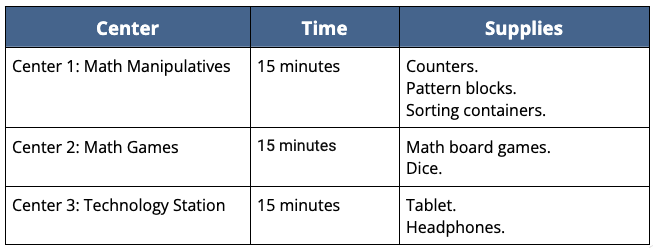Try a Tool: Fast Break Homework Plan
Finding techniques to improve student learning and productivity is critical as classroom demands continue to rise. The Fast Break Homework Plan is an instructional strategy that helps students build Executive Function skills. This strategy not only enhances skills like Task Initiation, Self-Regulation, and Planning, Prioritizing, & Time Management; it also promotes a focused and thoughtful approach to completing assignments.
The Fast Break Homework Plan is based on the concept of "fast breaks," which are short, focused work sessions of 15-20 minutes, followed by a short break of 5-10 minutes. Taking “fast breaks” encourages students to focus on one task at a time, and it helps prevent students from becoming overwhelmed or distracted. The goal of a Fast Break is to help students consider the priority, urgency, importance, and time needed, and make a concrete plan for the evening’s work.
This image shows a schedule that includes two 15-minutes “fast breaks” as well as a 45 minute break for dinner.
The example above shows what a middle or high school student's Fast Break plan might look like. Notice that the Fast Break plan begins after the school day ends. Additionally, the plan includes homework, breaks, time for basketball, and time for dinner. Remind students that the Fast Break Plan should include activities other than homework. Afterall, our students have to eat!
Steps in the Fast Break Plan
The Fast Break Homework Plan involves several steps:
Identify the task
The student should identify the task they need to complete, such as homework, studying, or a project.
Break it down
The student should break the task down into smaller, manageable chunks, such as individual assignments or sections of a book. This could involve dividing assignments into individual tasks or breaking down sections of a book.
Estimate time
The student should create a time estimate or a range for the time needed to complete each task.
Plan for breaks
The student should plan out tonight's work including when breaks will be taken. Students should do the "worst first" or use another sequence (i.e. time needed, urgency, difficulty and importance) when they are making their plan.
Get started
he student gets started working with their Fast Break Plan, working on one task at a time, until all tasks are complete.
This image shows a simple Fast Break Plan. A student turned a list of homework assignments into a prioritized homework plan that includes time estimates and breaks.
This image shows the same Fast Break Plan with start and end times listed.
How could a teacher use a Fast Break Plan in the classroom?
Provide students with a Fast Break Template.
When you assign work, ask students to take out their Fast Break homework plan and write down the assignment.
Students may need your help estimating how long tasks will take.
Students use their Fast Break Plan at home in the evening.
Though this tool can be used outside of school hours, it should be completed during the school day with support from the teacher until students are comfortable using the Fast Break Template.
Fast Break Plan for Centers
In elementary schools, centers are a common instructional strategy in which students rotate through different activities or learning stations in small groups. Centers are an opportunity for students to practice their Time Management skills. Students can create their own rotation schedule, a Fast Break Plan.
Explain to students that centers are designed to help them learn in a fun and engaging way.
Discuss with students the importance of sticking to a schedule during centers to ensure that everyone has a chance to participate in each activity.
Make a list of activities for the center.
Give students a list of center activities or stations to rotate through during centers. Each center should concentrate on a distinct skill or concept.
Explain the rotation process to students.
Explain how they will rotate through the centers. For example, students could begin at one center and rotate clockwise to the next after a certain amount of time.
Collaborate with students to develop a schedule that details which center they will be at during each rotation.
The schedule should include:
the name of each center
how much time they will spend at each center
any other pertinent information, like what supplies they need.
Model the schedule with the students so that they understand how to use it.
Practice with them how they will move from one center to the next and how they will keep track of their progress using the schedule.
This image shows a Fast Break Plan for Math Centers.
Quick Tips
A visual schedule can be especially beneficial for younger students who are unable to read. To represent each center activity, use pictures or symbols.
Consider incorporating transition activities between centers to help students transition smoothly from one activity to the next. A quick dance or stretch break, for example, can help students refocus before moving on to the next center. Students should add these breaks to their schedules - hence the name, Fast Break Plan.
Create a system to manage the materials and supplies at the center. This could include bins or baskets labeled with the name of each center, so students know where to look for materials and where to put them when they're done. When students create their schedules, include time to gather and clean up materials.
This image shows a Fast Break Plan for Literacy Centers.
Incorporating the Fast Break Homework Plan into your instructional practice can be a game-changer for both you and your students. By creating a sense of structure, focus, and time management, this strategy empowers students to take charge of their learning. Try implementing this approach in your classroom, and witness the positive impact it can have on your students' academic performance and overall well-being. The Fast Break Homework Plan is not just a tool; it's a mindset shift towards productive and mindful learning.






